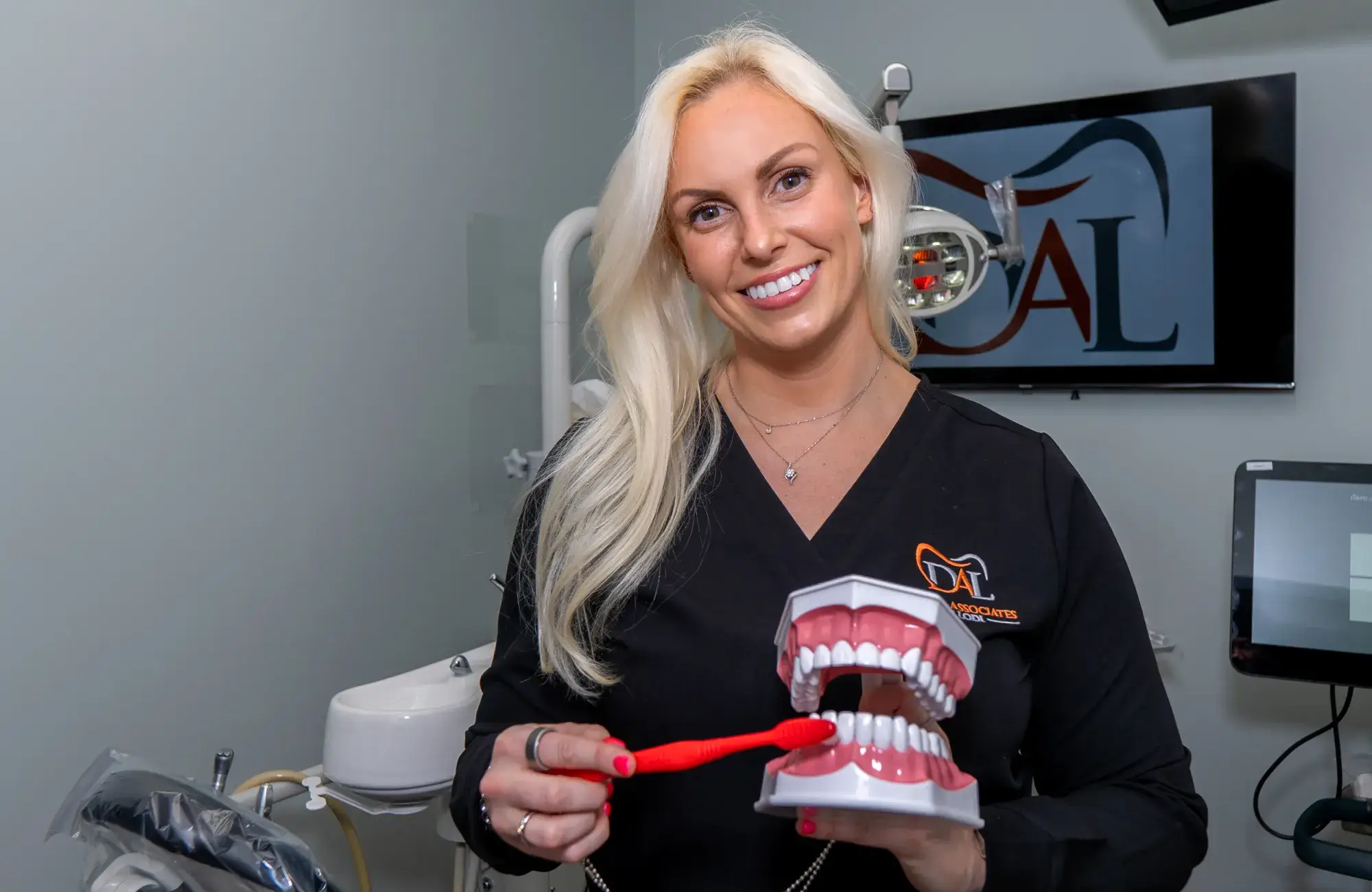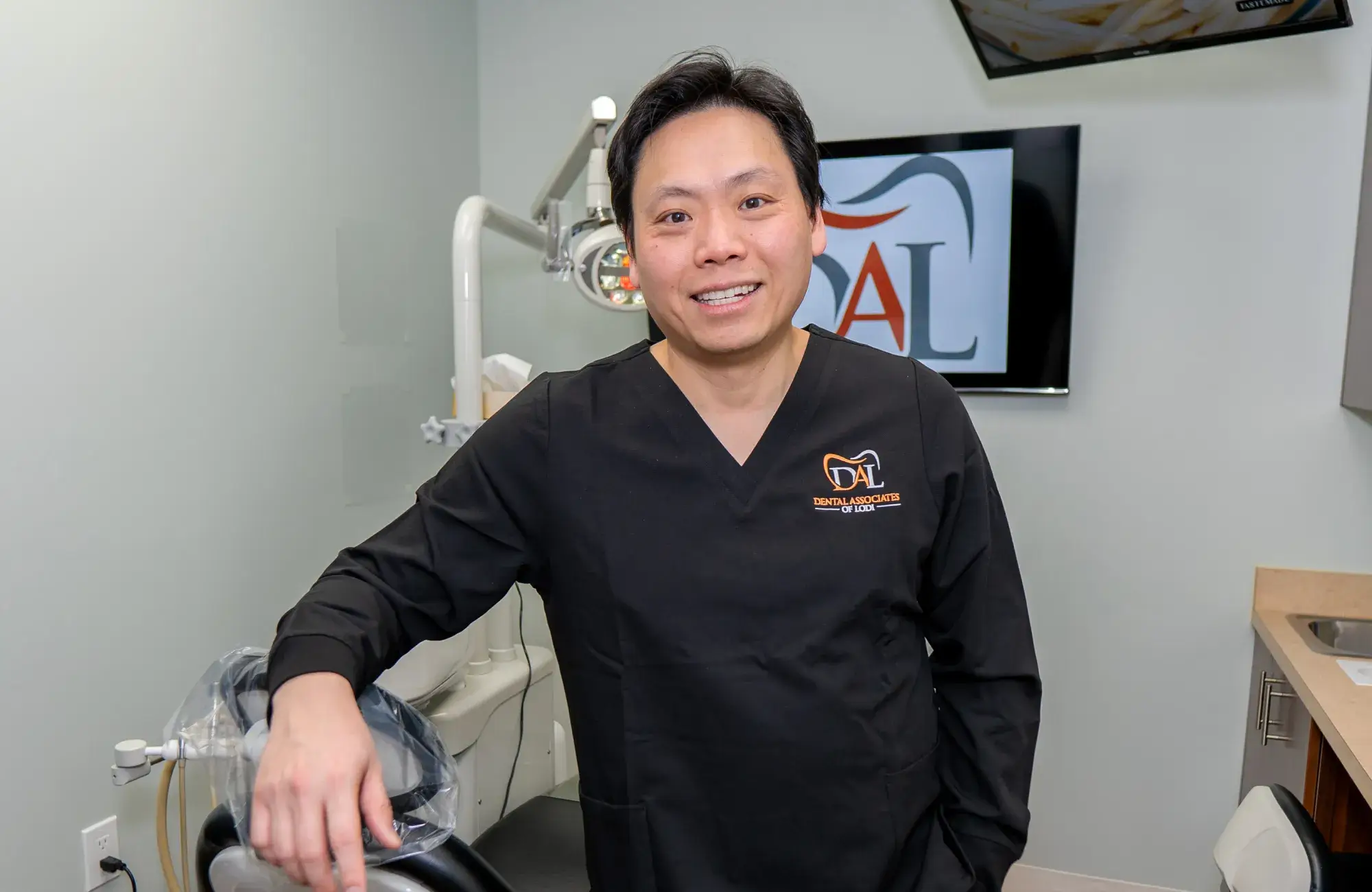Drill, Fill, and Chill: The Modern Guide to the Best Endodontics Near Me
.webp)
Drill, Fill, and Chill: The Modern Guide to the Best Endodontics Near Me
The mere mention of a root canal can make even the bravest among us break into a cold sweat. For decades, this essential dental procedure has been unfairly cast as the villain in our oral health story, inspiring countless jokes and genuine fear. But what if we told you that modern endodontics has transformed this once-dreaded experience into something surprisingly manageable?
Gone are the days of prolonged discomfort and anxiety-inducing dental visits. Today's endodontic specialists use cutting-edge technology, precision instruments, and patient-focused approaches that make saving your natural teeth a smooth, comfortable process. The reality is far different from the horror stories you might have heard from previous generations.
This comprehensive guide will walk you through everything you need to know about modern endodontics near me, from understanding what these specialists actually do to finding the perfect endodontist in your area. Whether you're dealing with tooth pain right now or simply want to be prepared for the future, you'll discover how the world of root canals has evolved into a realm of "drill, fill, and chill."
Beneath the Surface: What Endodontics Really Means
The Root of the Matter
Endodontics focuses on the inner workings of your teeth, specifically the soft tissue called pulp that lives inside your tooth's root canals. When this delicate tissue becomes infected or damaged due to deep decay, cracks, or trauma, an endodontist steps in to save your natural tooth through specialized treatment.
Beyond the Root Canal
While root canals are their most well-known procedure, endodontists perform various treatments including retreatments for previously treated teeth that develop new problems, apicoectomies (surgical removal of infected tissue at the root tip), and trauma-related procedures for injured teeth.
Why It Matters
Preserving your natural tooth through endodontic treatment maintains proper chewing function, prevents adjacent teeth from shifting, and eliminates the need for more complex procedures like dental implants or bridges—making it both the most comfortable and cost-effective long-term solution.
.webp)
Myths vs. Modern Dentistry: The Root Canal Redemption
The "It Hurts!" Myth
The biggest misconception about root canals is that they're painful, when in reality, the procedure itself is designed to eliminate pain caused by infected or inflamed tooth pulp. Modern anesthetic techniques ensure you feel comfortable throughout the entire process.
Tech that Transforms
Today's endodontists use digital imaging for precise diagnosis, operating microscopes for enhanced visibility, and rotary instruments that clean root canals more efficiently than ever before. Laser therapy and advanced materials have made procedures faster, more predictable, and remarkably gentle.
Chill Factor
Many endodontic offices now offer sedation options, from nitrous oxide to oral sedation, helping anxious patients feel completely relaxed. Combined with noise-canceling headphones, comfortable treatment rooms, and compassionate staff, the experience is designed to be as stress-free as possible.
When to See an Endodontist: Listening to Your Tooth's SOS
Red Flag Symptoms
Pay attention to persistent tooth pain, prolonged sensitivity to hot or cold, tenderness when chewing, swelling in the gums, or darkening of a tooth. These symptoms often indicate that the tooth's pulp is compromised and needs professional attention.
Timing is Everything
Early intervention is crucial because infected tooth pulp doesn't heal on its own and will only worsen over time. Addressing the problem quickly can mean the difference between a straightforward root canal and a more complex procedure, or even tooth loss.
From Dentist to Specialist
Your general dentist might refer you to an endodontist for particularly challenging cases, teeth with complex root systems, or when specialized equipment is needed. Endodontists complete an additional two years of training beyond dental school, making them the specialists in saving teeth.
The Anatomy of a Perfect Procedure: What Happens During a Root Canal
Step-by-Step Breakdown
The procedure begins with local anesthesia to ensure complete comfort, followed by creating a small access hole in the tooth. The endodontist then carefully removes the infected or inflamed pulp, cleans and shapes the root canals, and seals the space with a biocompatible material called gutta-percha.
Tools of the Trade
Modern endodontists use operating microscopes for magnification and precision, digital X-rays for detailed imaging, and specialized rotary instruments that make cleaning more thorough and efficient. These advanced tools contribute to higher success rates and more comfortable experiences.
Recovery Realities
Most patients experience minimal discomfort after treatment, manageable with over-the-counter pain relievers. You'll typically need to return to your general dentist within a few weeks for a permanent restoration like a crown to protect the treated tooth and restore full function.

Finding "The One": How to Choose the Best Endodontist Near You
Credentials Count
Look for an endodontist who is board-certified by the American Board of Endodontics and maintains active membership in professional organizations. These credentials ensure they've completed rigorous training and stay current with the latest techniques and technologies.
Reviews & Real Results
Read patient testimonials and online reviews to get a sense of the practice's reputation for quality care and patient satisfaction. Don't hesitate to ask for references or before-and-after case studies that demonstrate the endodontist's skill and experience.
Comfort Connection
The best endodontist for you will prioritize clear communication, take time to answer your questions, and create a comfortable environment. Schedule a consultation to meet the team and get a feel for their approach to patient care before committing to treatment.
The Price of Peace (and Pain Relief): Understanding Costs and Value
Breaking Down the Bill
Endodontic treatment costs vary based on factors like tooth location (molars are more complex), the number of roots involved, and the complexity of the case. The specialist's experience and the technology used also influence pricing, but remember that you're investing in expertise that can save your natural tooth.
Insurance & Affordability
Most dental insurance plans cover a significant portion of endodontic treatment since it's considered a necessary procedure. Many practices also offer financing options or payment plans to make treatment more accessible, so don't let cost concerns prevent you from getting the care you need.
Worth Every Penny
When you consider that endodontic treatment can preserve your natural tooth for a lifetime with proper care, it's often more cost-effective than alternatives like extraction followed by implant placement or bridge work, which may need replacement over time.
Beyond the Drill: The Human Touch in Endodontic Care
Empathy in Action
The best endodontists service understand that dental anxiety is real and valid. They take extra time to explain procedures, check in with patients during treatment, and create an atmosphere where you feel heard and cared for, not just treated as another appointment.
A Modern Dental Experience
Contemporary endodontic offices are designed with patient comfort in mind, featuring amenities like comfortable seating, entertainment systems, aromatherapy, and warm blankets. The focus extends beyond clinical excellence to creating a truly pleasant experience.
Dental Associates of Lodi Example
Practices like Dental Associates of Lodi exemplify this modern approach by combining advanced technology with genuine compassion, creating an environment where patients actually feel relaxed about their endodontic treatment. Their commitment to both technical excellence and patient comfort represents the gold standard in endodontic care.

From Pain to Power: Life After Endodontic Treatment
Immediate Relief
Most patients are amazed at how quickly the pain and pressure that brought them to the endodontist disappears after treatment. The infected tissue that was causing discomfort is gone, replaced by a feeling of normalcy and relief that many describe as life-changing.
Smile Sustainability
Maintaining your treated tooth requires the same good oral hygiene you should practice with all your teeth: regular brushing, flossing, and professional cleanings. With proper care and a protective crown when recommended, your treated tooth can last a lifetime.
Confidence Restored
Perhaps the most rewarding aspect of successful endodontic treatment is the return of confidence in your smile. You can eat your favorite foods, speak clearly, and smile freely without worrying about pain or sensitivity—simple pleasures that make the treatment investment worthwhile.
Your Journey to Comfort Starts Now
The transformation of endodontics from a feared procedure to a comfortable, predictable treatment represents one of dentistry's greatest success stories. What once seemed like a dental nightmare has evolved into a routine procedure that saves millions of natural teeth each year, allowing patients to maintain their smiles and oral health for decades to come.
Don't let outdated fears or misconceptions prevent you from seeking the care you need. If you're experiencing tooth pain or sensitivity, early intervention can make all the difference in preserving your natural tooth and preventing more complex problems down the road.
The modern endodontic experience truly embodies the "drill, fill, and chill" philosophy—advanced techniques handled by skilled specialists in comfortable environments designed to put you at ease. With the right endodontist near you, saving your natural tooth can be a positive step toward better oral health and renewed confidence in your smile.

